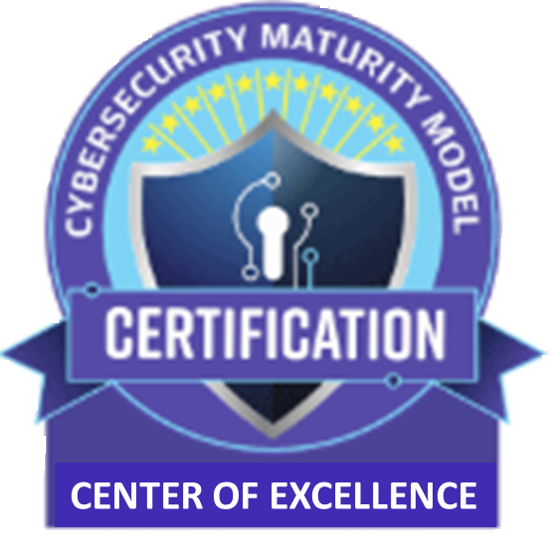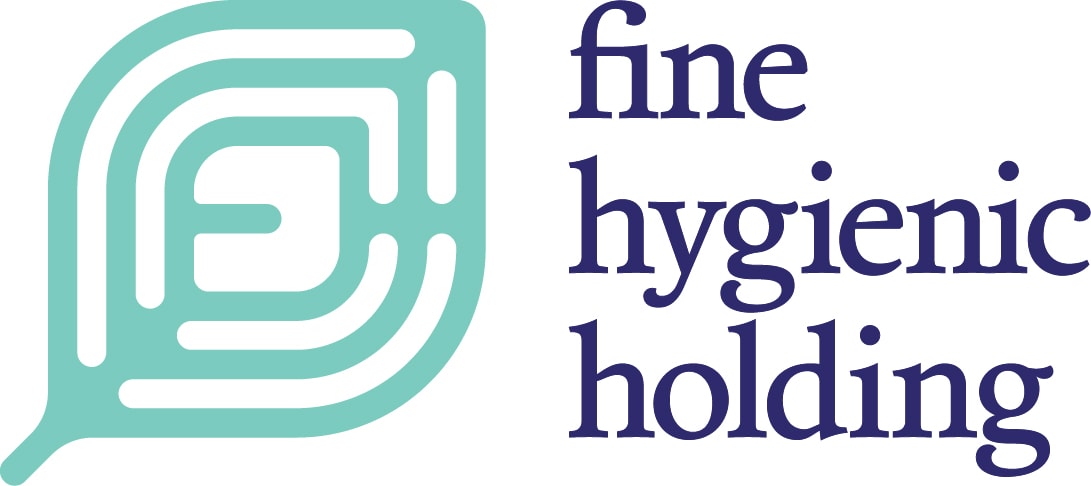 News Release
News ReleaseVelocity Global welcomes tech leader and ‘Shark Tank’ investor Robert Herjavec as global brand ambassador
Velocity Global
Velocity Global, the leading provider of global expansion solutions, today announced a partnership with Robert Herjavec to serve as an international brand ambassador for the company. Herjavec is a leading investor on the Emmy Award-winning show, “Shark Tank,” and founder and CEO of global cybersecurity firm, Herjavec Group. “As an entrepreneur and investor, I want other business leaders to know there are efficient and agile global expansion options for immediate, streamlined growth,” said Herjavec. “My own business experience taught me firsthand about the challenges of growing on a global scale. Velocity Global simplifies global expansion. Fast-growing businesses gain the ability to test new markets without a long-term investment, bring on top talent anywhere around the globe, and protect valuable intellectual property. Its focus on the customer experience approach is what sets it apart and I’m excited to help businesses grow.” Clients rely on Velocity Global’s expertise and global infrastructure to hire internationally without the cost or complexity of foreign legal entity establishment. As a strategic partner, Velocity Global manages in-country compliance, payroll, and benefits for its clients’ supported employees so that businesses can focus on growth. “A rise in demand for tech services is spurred by the pandemic, and growth happens now,” said Rob Wellner, Velocity Global chief revenue officer. “Robert relates with other business leaders as a peer. He grew his cybersecurity company into a multinational firm and is passionate about helping others recognize the benefits of global business. He embodies the entrepreneurial journey as an immigrant with a paper route to the launch of his own successful global company from his basement. He shares our vision and our values, and we welcome him to the Velocity Global team.” Herjavec contributes his insights on the outlook of global business in Velocity Global’s 2021 State of Global Expansion ™ report scheduled to be released in February. Sign up here to receive a copy of the report upon launch. Herjavec joins former FedExCup and five-time PGA TOUR champion, Billy Horschel, as a global brand ambassador for Velocity Global. Both exhibit the values of the company and reinforce Velocity Global’s People First approach to global expansion. ABOUT ROBERT HERJAVEC Robert Herjavec is one of North America’s most recognizable business leaders. A dynamic entrepreneur, Robert has built and sold several IT companies and is the Founder & CEO of Herjavec Group, a global cybersecurity operations leader specializing in managed security services, compliance, identity services and incident response for enterprise-level organizations. He shares his expertise with other entrepreneurs each week as a leading Shark on ABC’s Emmy Award-winning hit show, Shark Tank. For more information visit www.robertherjavec.com. ABOUT VELOCITY GLOBAL Velocity Global helps companies grow globally. Founded in 2014, Velocity Global’s clients rely on its expertise and global infrastructure in 185 countries to hire compliantly around the world, increase revenue, scale efficiently, and access global talent. Named a “Leader” in Global Employer of Record services by prominent analyst firm NelsonHall, Velocity Global is a strategic partner to its clients with comprehensive services led by its core offering of International PEO as well as Immigration, Entity Setup and Support, Global Talent Acquisition, and Consulting. Velocity Global is headquartered in Denver, Colorado, with regional headquarters in Amsterdam and Singapore, and local employees in 14 countries. Contact Details Velocity Global John Hall +1 720-650-4348 johnhall@velocityglobal.com Company Website https://velocityglobal.com/
January 28, 2021 07:02 AM Mountain Standard Time
Image






